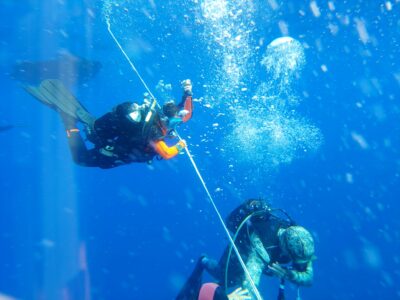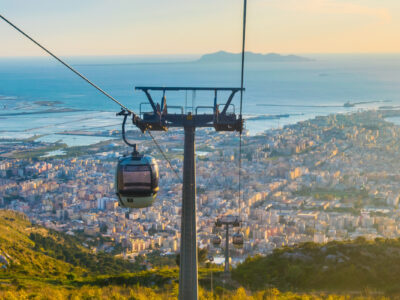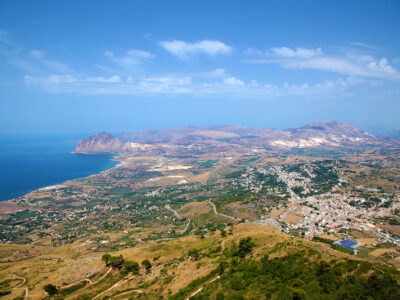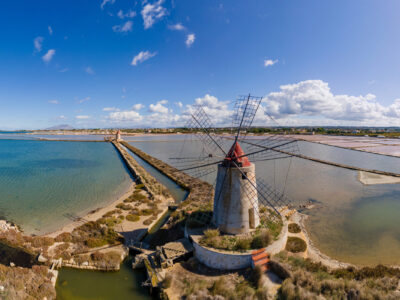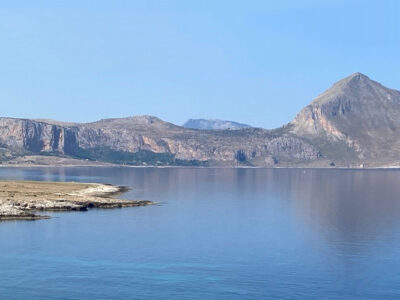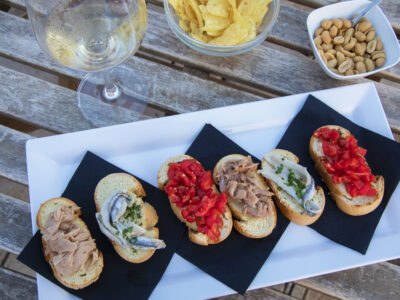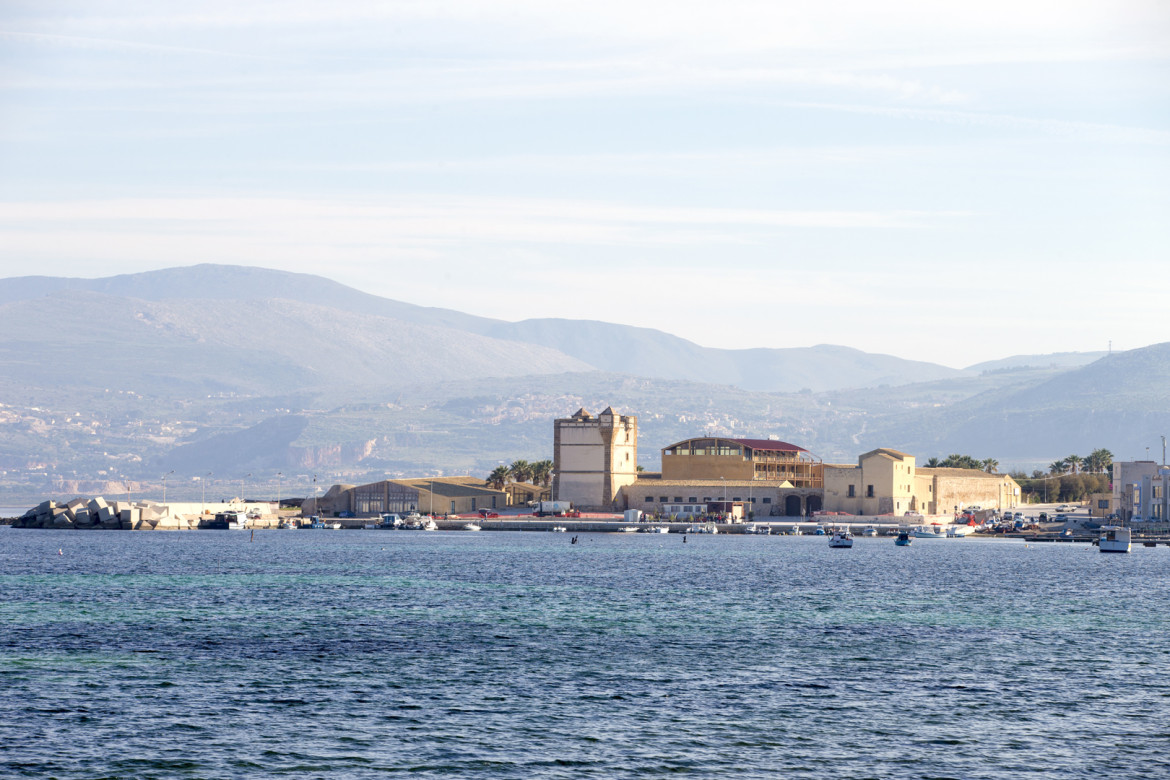The structure of the former tunnery, one of the most interesting from an architectural point of view , now converted into a tourist complex, is probably of Norman origins: its existence, with its adjacent tower was documented in the early 16th century.
Owned by the royal court that granted its sale to citizens in 1639, it was bought by the Stella family who, despite ups and downs, owned it until the 19th century; it was then handed down to the Casteldimirto for religious use, and after the suppression of religious corporations (1866 ), it became, first, state property then private, only to be sold in the 80s of last century, to a company that has transformed it into a hotel and residence.
Despite the transformations the ancient tunnery has undergone it has still maintained the appearance of a fortified structure with a large central courtyard on which protruded warehouses and stables, the kitchen, the oven and the mill, the caretaker’s lodgings as well as the small church. Upstairs were the lodgings of the ‘rais’ (director of the tunnery), the ‘gabelloto’ (leaser) and chaplain; the owner lived in a two storeyed building with a terrace.
The ‘pagliari’, rustic rooms set aside for the crew members, were located on the left side of the tunnery, while to the right there was the ‘trizzana’, a large shed for the storage of boats .
Incorporated inside the tunnery is a watch tower, square shaped with two sentry boxes at the top, rebuilt in 1626, as evidenced by the date engraved in the hall, following the destruction caused by a berberesco attack in 1624. Today it houses the tunnery museum where archaeological sea finds , working tools and a model of the sea-trap- which reproduces the series of nets used to capture tuna and the death chamber – are kept.
Outside, lined up in orderly sequence , there are the numerous anchors that were used during the tuna slaughter.
From the shore you can admire the beautiful landscape bordering the Tyrrhenian Sea, the splendid gulf enclosed by hills and Mount Cofano and catch a glimpse of the San Vito Lo Capo peninsula.


